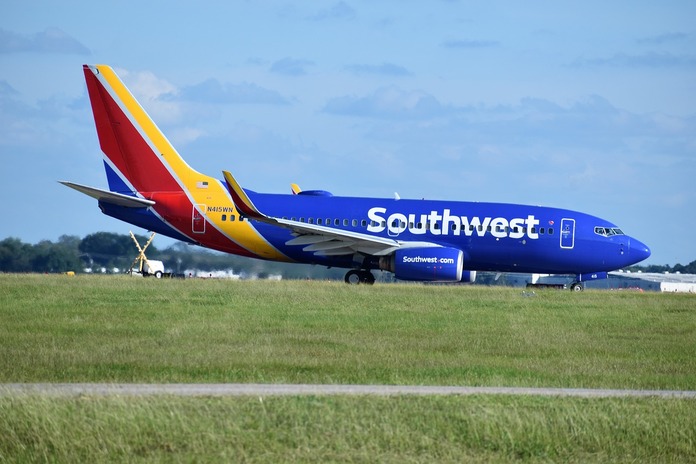Southwest Airlines (NYSE:LUV), the most successful airline in U.S. history, is facing unprecedented challenges. The airline, which once thrived under the leadership of co-founder Herb Kelleher, now finds itself at a crossroads. With activist investor Paul Singer and his firm, Elliott Management, pushing for a radical overhaul, Southwest’s CEO Bob Jordan is under immense pressure to execute a strategic transformation that may change the very core of the airline’s identity. This article delves into the challenges and implications of the Southwest Airlines strategic transformation.
The Strategic Transformation: A Necessary Shift?
Southwest Airlines’ strategic transformation is seen by many as a necessary shift to keep up with industry changes. CEO Bob Jordan acknowledged the airline’s recent underperformance, stating, “Our overall results—they are not where they should be.” Jordan’s plan involves making significant changes to the airline’s operational model, a move that has both shareholders and industry experts divided.
One of the most debated aspects of this transformation is the potential abandonment of two key elements that have defined Southwest for decades: a single class of service and the lack of assigned seating. These components have been integral to Southwest’s efficiency and profitability, yet both Jordan and Singer agree that change is inevitable. The strategic transformation could bring Southwest in line with its competitors, which have capitalized on offering multiple classes of service and assigned seating to increase profits.
The Cultural Challenge
While operational changes are at the forefront of Southwest Airlines’ strategic transformation, there is a deeper concern that looms large: the potential erosion of Southwest’s unique corporate culture. Herb Kelleher, who passed away five years ago, often emphasized that Southwest’s culture was its most valuable asset. “Culture has everything to do with it,” Kelleher famously said. He believed that while competitors could replicate Southwest’s operational strategies, they could never replicate its culture.
This culture fostered an environment where employees were empowered to go above and beyond for customers, creating a memorable and enjoyable travel experience. The lack of assigned seating, for example, was mitigated by the playful and engaging interactions between staff and passengers. However, with the new strategic transformation, there is a growing concern that this culture may be sacrificed in pursuit of profitability.
Operational Overhaul: The Risks and Rewards
Southwest Airlines’ strategic transformation will involve significant operational changes. Introducing a premium class would require modifying the current seating arrangement, potentially reducing the number of available seats—a critical factor in Southwest’s business model. Furthermore, assigning seats may streamline the boarding process, but it could also remove the flexibility and speed that have historically set Southwest apart from its competitors.
Analysts, such as JP Morgan Chase’s Jamie Baker, have raised concerns about these changes. He notes that reducing the distance between rows to accommodate more seats might lead to a “punitive product” that could alienate customers rather than attract them. The risk here is that Southwest’s attempts to modernize its offerings might undermine the very elements that have contributed to its success.
The Forgotten Element: Culture
As Southwest Airlines’ strategic transformation unfolds, it is essential to remember the intangible yet invaluable aspect of its success: culture. Herb Kelleher’s greatest fear was losing the esprit de corps that drove Southwest’s achievements. He believed that without this cultural foundation, Southwest would lose its competitive edge.
Interestingly, the focus on culture seems to have diminished in recent discussions. During the latest earnings call, not a single executive mentioned culture, nor did the analysts or media. Paul Singer’s extensive case for change also overlooked this critical component.
Conclusion
Southwest Airlines’ strategic transformation is a pivotal moment in the company’s history. While changes may be necessary to remain competitive, they come with significant risks, particularly to the airline’s culture. As the transformation progresses, it is crucial for Southwest to balance operational efficiency with the preservation of its unique corporate culture—a legacy that Herb Kelleher believed was the airline’s most valuable asset. Whether Southwest can navigate these changes while retaining its core values will determine its future in an increasingly competitive industry.
Featured Image: Pixabay© F. Muhammad



